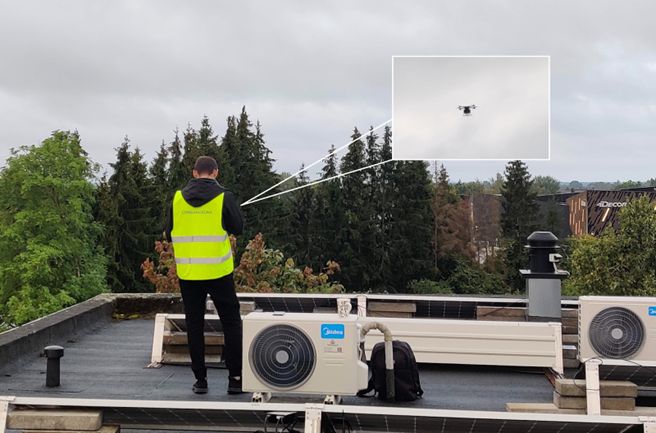The Estonian Aviation Academy, along with other project partners, recently tested drone traffic management during a recent tabletop exercises in Tartu, as part of the SAFIR-Ready project.
The exercise evaluated how U-space services support pre-flight planning and help prevent airspace conflicts in complex environments. The scenarios included railway monitoring missions, law enforcement surveillance via drone-in-a-box systems, medical logistics flights connecting Tartu with regional hospitals, and emergency response to simulated accidents.
SAFIR-Ready says that Tartu’s urban structure presents real operational challenges. “With railways cutting through the city and hospitals spread across different locations, conflicting flight paths are inevitable. That’s why the ability to prioritise urgent flights and manage these intersections through U-space is so critical.”
The project’s use cases also demonstrate how drones performing infrastructure monitoring can be instantly reassigned to higher-priority missions like incident response. Such a level of agility is only possible with U-space supporting beyond visual line of sight (BVLOS) flights, especially in areas with limited ground access.
SAFIR-Ready, which is part of the SESAR Joint Undertaking and funded by the European Commission, is now preparing to bring these simulations to life with live test flights in autumn, supported by SKYCORP Technologies (drone provider), ANRA Technologies (U-Space Services Provider), Helicus (operator), and other project partners.
For more information




